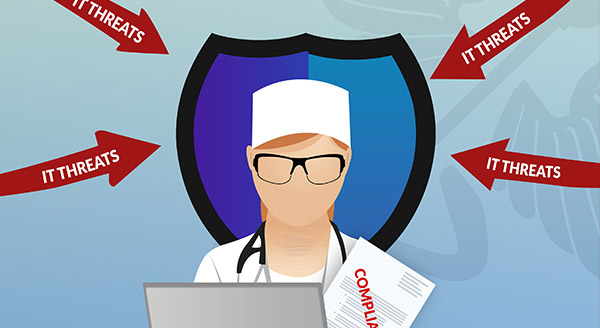

Your company is finally moving out of its dingy, small office and into a sparkling new facility. That's the good news. The bad news? Moving is a pain.In particular, moving electronics can be a major hassle. If you're not careful, you'll break something – and that "something" could by a $50,000 piece of equipment that's vital to your business operations.Most of the time, your company's IT department will move all the electronics (at least the computers and hardware). But when you don't have an in-house IT department, you'll have to rely on the moving company and your own employees. Follow these tips, and your move should go smoothly:1. Start At Least Three Months in AdvanceYou don't want to wait for the last minute before setting up your big move. Reserve a moving company at least three months in advance.Intuit also says you shouldn't assume that all your services will be available at the new facility. Before your move, check with the local provider and order the new services at least two months in advance. Intuit also recommends setting up a Google Voice account in case the new service doesn't work initially, then set up call-forwarding with a provider.2. Purchase InsuranceYou know how you usually turn down insurance from the rental company when you make personal moves? This time, you need to purchase that insurance. If you're using a moving company, make sure they're insured, too.3. Contact GreenlightYou also need to make sure the new facility is prewired so that you can just hook everything into the respective networks with minimal interruptions. Greenlight can make sure all the wiring, network cabling, etc. is in place ahead of time, and we'll give you a no-obligation quote for free. Our relocation services include:
4. Survey EverythingMark down everything you own and what needs to be moved to the new location. You can simply mark it down by hand or use an asset tracking app like Asset Panda. Make sure you include serial numbers for insurance purposes, too.You'll need to share this list with the movers, employees and Greenlight. This should include:
5. Check for Packing InstructionsIf you've saved the packaging, check to see if the manuals come with any packing or moving instructions, suggests The Moving Blog. Follow these instructions carefully and, if possible, reuse the box or packages the items came with. These boxes were designed to protect the equipment. If you don't have the original box, your moving company may rent special boxes for the move. Otherwise, you'll need to buy packing materials.Some of your more expensive equipment should be configured for the move to prevent internal damage, The Moving Blog says.6. Colour Code ItWhen disassembling computers, printers and other electronic devices, take out the guess work and place coloured stickers on the end of every cord, then place the same coloured sticker where the cord is supposed to connect.7. Pack the CablesNo matter how much equipment you have, you're likely buried in computer cables. Intuit recommends removing all cabling from every computer one at a time, then pack them in zip locked baggies. Make sure to label those baggies. Removing the cables will ensure they don't get lost or damaged and that the pins and ports aren't bent.8. Pack the Computers, Monitors, Printers, Etc.If you're packing the equipment yourself, make sure you individually wrap all monitors with thick blankets and/or bubble wrap and tape. Although you don't have to pack your hard drives, make sure those, too, are well protected with blankets and bubble wrap. Computers should also be packed with heavy blankets wrapped in tape. Intuit says to make sure you don't stack computers on top of other items. And, when in doubt, purchase removable hard drives or use an online service to back everything up before your move, Intuit says.Likewise, printers, fax machines, copiers and scanners are just as delicate. Make sure you remove all cartridges, and tape down lids and covers.9. Cover EverythingYour moving company should provide you with moving pads and blankets, but check ahead of time. Seal every box, too, to keep out dust. The Moving Blog also suggest using bubble wrap, paper padding or Styrofoam peanuts.10. Plan for a Weekend Move, Plus an Extra Day or TwoMoving takes time and, in spite of your best efforts, you'll likely experience a brief work stoppage. Plan for a weekend move to minimize the lost time.Once everything is moved over and connected, have Greenlight make sure that everything actually starts back up. We can help troubleshoot any potential problems and make any necessary repairs. We can also connect all your electronics.